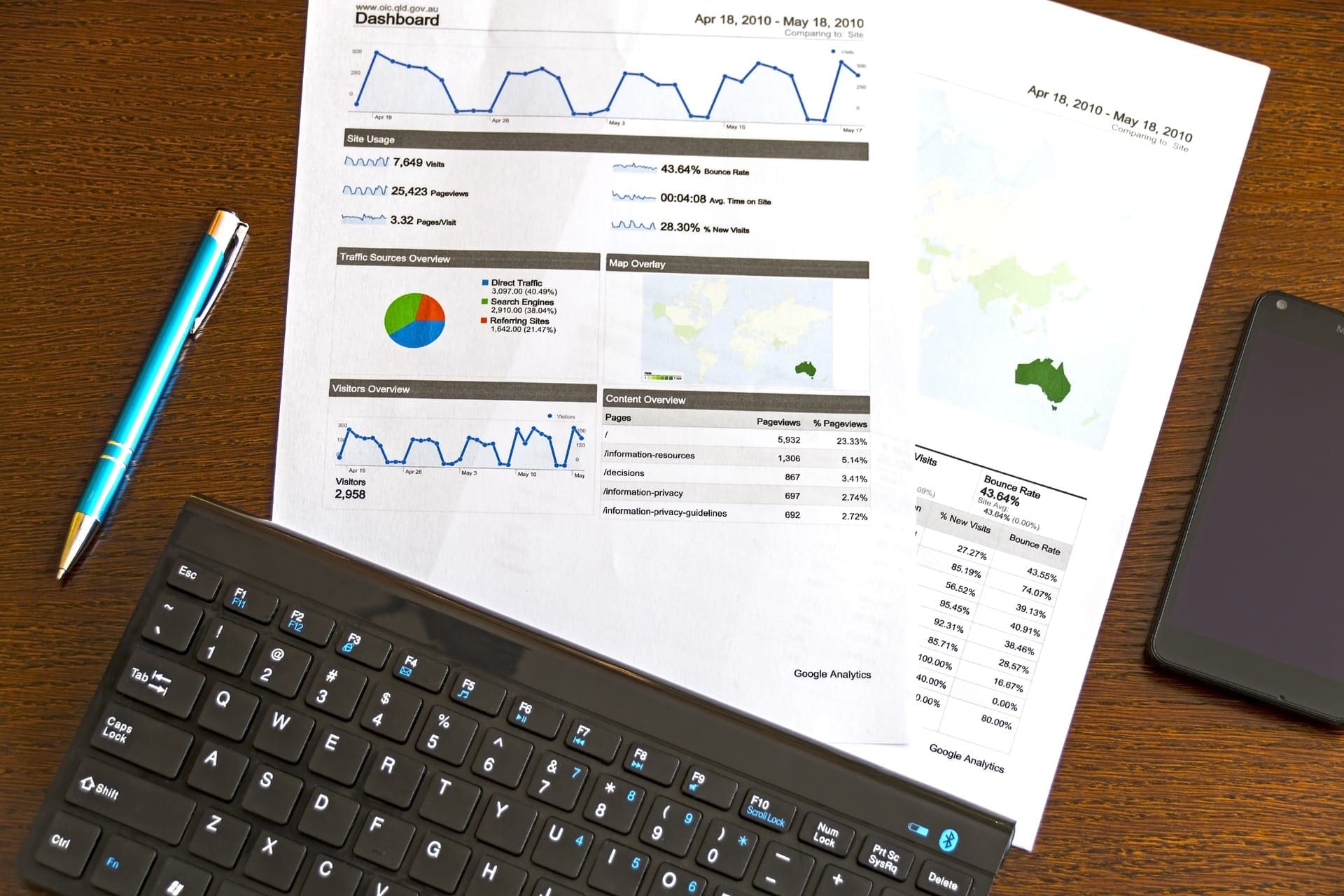8 Tips for Setting Up a PR Plan In-House
It’s the new year, and for many businesses, it’s a great time to work on their PR plans for the next few months.
Maybe you’ve outsourced the task to a PR agency in the past, and now you want to do it in-house. Maybe you’re a new business working on your marketing strategies. If this is the first time that you’re handling your PR plan in-house, or you just need some refresher, we’d love to help you with some tips.
Here are the essentials of setting up a public relations plan in-house:
1. Hire the right people
Having the right people in your PR team is a key component of successful PR efforts. A good mix includes a few experienced and skilled writers, graphic designers, and subject-matter experts.
2. Know your current standing
An assessment of your present situation is the foundation of future decisions. Analyze your industry and what factors could affect it in the coming months, be it economic or political.
Also, take a look at your PR performance over the past year. Review your public relations plan and see what worked and what didn’t, what strategies can you carry over in the new year, and what changes do you need to make to get the results that you want.
3. Hone in on your target audience
Identify who you want to reach with your PR campaigns. Do you want your audience to be C-suite executives, or people interested in technological solutions? Do you want to reach specific age groups or gender? You also need to consider what type of audience you want to avoid. This way, you can tailor your message and approach to meet their needs.
4. Set your budget
Before you can create a comprehensive PR plan, you need to determine what resources are available to you. Some PR strategies require zero to minimal budget, so you may want to focus on that if you’re short on funds. If you don’t have money, you have to invest time.
5. Create goals and objectives
Now, what do you want to achieve with your PR efforts? Set your goals (your desired results overall) and your objectives (the outcome you need to achieve your goals). These will serve as your guide when you lay down your message plan and strategies.
6. Plan out your PR activities
How do you achieve your PR goals? In this step, you need to identify the activities that will help you reach the goals and objectives of your PR plan. That includes planning your content. A study by The Pulse Business found that 90% of in-house comms leaders struggle with content creation. But a clear plan helps you minimize the challenges.
Other PR activities you need to think about are identifying which channels you’ll tap into, creating your news release calendar, pitching to reporters for article placements and backlinks, developing case studies, and crisis planning. Set a timeline for each activity and how you will evaluate them.

7. Keep track of your PR activities
Your PR activities don’t end after sending out your pitches or publishing your news releases. You need to track their progress to ensure that your brand is heard and you don’t flood the same journalist with the same pitches.
You can create a PR planning template that includes a tracker for your media outreach. Record which reporters have responded to your email, need a follow-up email, successfully featured you, and so on.
8. Prepare to make changes
Set the parameters of how you can evaluate the performance of your PR efforts. Some of the metrics you can track are the website traffic, backlinks, domain authority, mentions, search ranking, and growth of your subscribers. About 98% of PR pros said they measure their PR efforts.
If you created a three-month PR plan, assess it by the middle of the second month. Your PR plan needs flexibility, especially when your activities don’t yield results compared to what you expect. Likewise, your business needs may change along the way, and the same goes for your PR needs. Prepare to make the modifications and revise your public relations plan as needed.
Conclusion
Creating a PR plan ensures that you know the approach you’ll take to achieve your goals and objectives. It keeps your steps guided and gives your team a clear direction. It will prove beneficial in establishing your brand and engaging with your target audience.
If you’re a beginner or you need to revamp your previous PR planning template, you can find dozens on the internet. Explore and see what you can integrate with your in-house PR plan.

